
Wendy Birks is a bit of a recording superstar – she has sent in 2558 records so far to to our Nature Counts project. Her sightings cover a wide range of groups; amphibians, birds, plants, invertebrates, reptiles, mammals, but her top ten most recorded species are birds. Here she explains how she got involved and to tell us a little bit more about her recording and the wildlife she loves.
I first read about More Data for Nature in Kingfisher, the Sheffield & Rotherham Wildlife trust member’s magazine, but I already participated in recording wildlife sightings. I’ve been submitting records to iRecord and Birdtrack and for a number of years plus I was a volunteer bird surveyor for the British Trust for Ornithology taking on five “squares” for the annual Breeding Bird Survey (BBS) and also participating in one off studies such as the Tawny Owl and Woodcock surveys.
I’ve recorded species I’ve seen in my garden, in my local park, on the Trust’s nature reserves and on walks in Sheffield (where I live). In some cases I am familiar with the species so identifying them is straightforward, but with others I need to take a photo or sample so that when I get home I can consult an identification guide or specialist websites.
I own quite a variety of field guides to help me ID species and I also use reliable websites such as UK Soldier Beetles or The Lichen Society. There are also social media groups that can provide ID advice, such as the Yorkshire Mammal Group or the Sorby Natural History Society – these are both on Facebook. Often a combination of all sources is needed, and sometimes it is only possible to narrow the ID down to family or genus. Occasionally I might submit just a photo under the identification of , say “fungus”, to the More Data for Nature database and hope an expert can ID it!
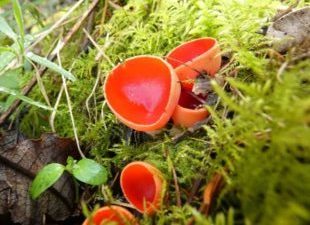
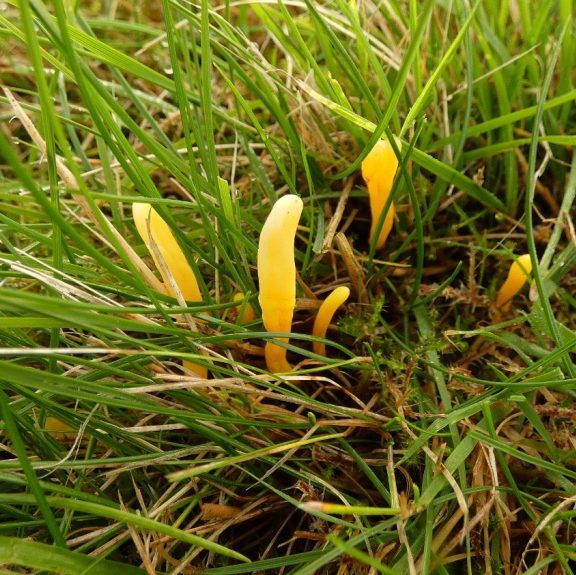
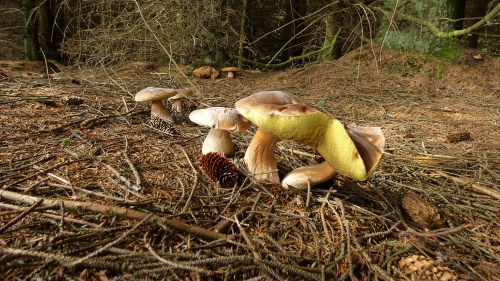
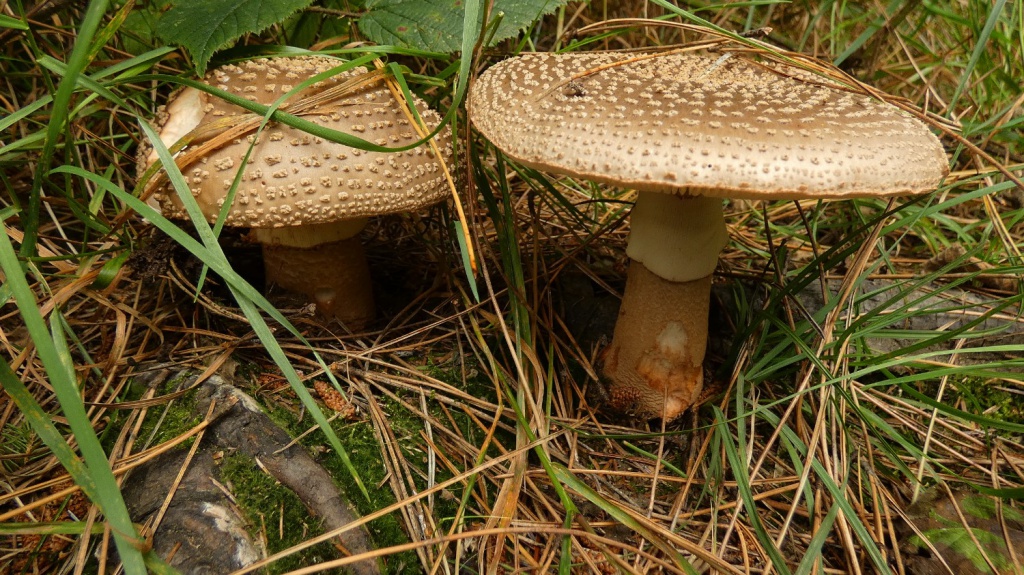
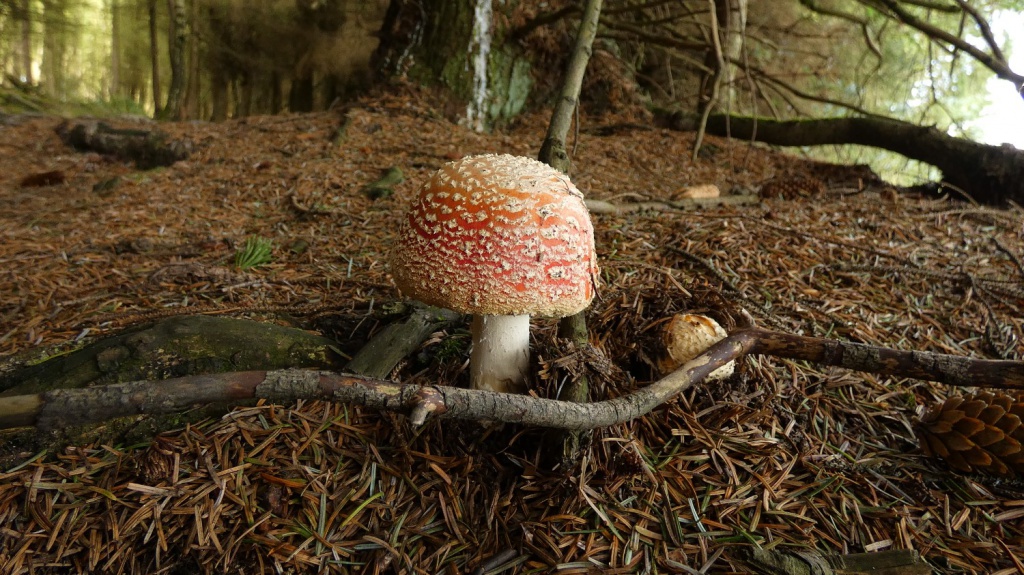
I feel I am contributing something towards the body of knowledge for an organisation I feel a part of.
I think it is important to record which species are seen whenever possible as: (1) it helps managers of nature reserves to understand what species are present on their sites – a volunteer surveyor might spot something new for example; (2) reporting wildlife sightings may help protect a site from future development that may be detrimental to that site (3) a knowledge of what lives where can assist in recognising areas that might be important in connecting habitats, in other words “wildlife corridors”; (4) reporting finds or rarer or vulnerable species at new sites may lead to that site becoming designated for its wildlife value.
I think the More Data for Nature project has encouraged more local people to get involved with recording their wildlife sightings. For me, as it is local and I’m a member of the Trust, I feel I am contributing something towards the body of knowledge for an organisation I feel a part of.
Last year, I tried to find as many species of plant as I could in the heathland at Redmires Reservoir.
Ever since I started to contribute to citizen science projects such as this it has been an incentive to make an effort to identify and learn species that I did not know. For instance, doing the BBS made me learn to identify far more birds from their vocalisations than I was able to previously.
Last year I tried to find as many species of plant as I could in the heathland at Redmires Reservoir. To do this I decided to make the effort to identify a number of grass, sedge, rush and moss species that I was unfamiliar with. For the mosses to start with I had to learn to name the various parts of moss plants, and then compare the shape and other features of these with those in my ID book. Quite hard and fiddly work as they are so small; a hand lens and lots of patience is required! The grasses, sedges and rushes were a bit less challenging as I already knew some of them, and the technical names of their parts, but, nevertheless I did learn some new ones and refresh my memory of others. I entered all the species I spotted onto the database of course!
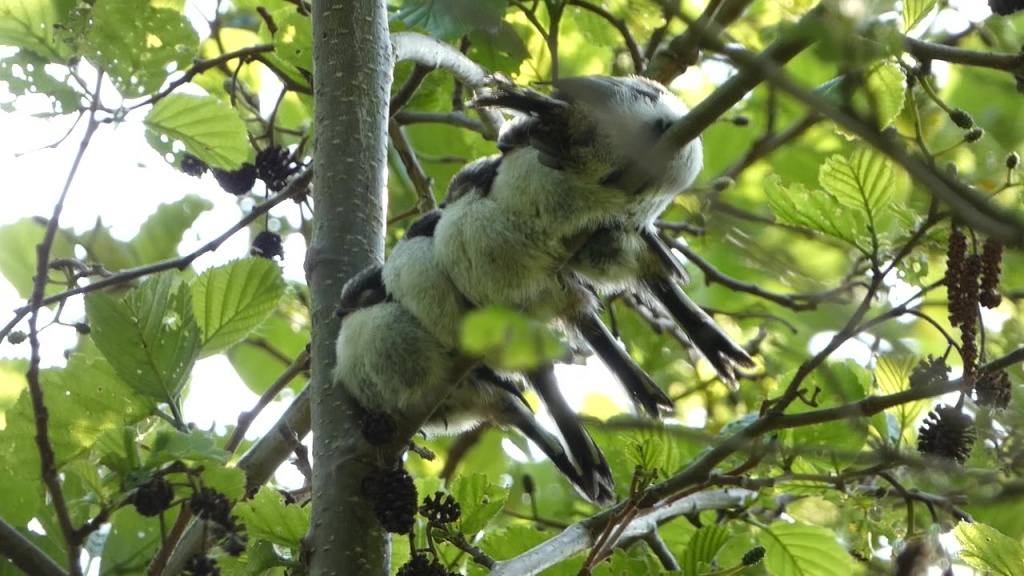
…as the sun went down I was often accompanied by the wonderful trilling of Curlew as they were preparing to settle down for the night. Lovely!
Last year me and my husband decided to survey all the recent clearfell sites in the Sheffield Lakeland area for Nightjars. These are crepuscular species that engage in their courtship display during fine early summer evenings. So doing this survey involved taking advantage of the right weather and meant going out several nights a week for about three weeks at dusk to look and listen for the churring and wing clapping by these birds.
It was quite hard work, and some nights were made harder by having our faces bitten by tiny buzzing midges (or mosquito?), which took absolutely no notice of the insect repellent we used. Unfortunately those were so small I have no idea what species they are, so they did not get submitted to MD4N!
On the positive side, we did see about ten male Nightjars in different sites, plus other nocturnal birds: Woodcock, Tawny Owls and, as the sun went down I was often accompanied by the wonderful trilling of Curlew as they were preparing to settle down for the night. Lovely!
It is always a delight the first time every year that I hear the song of each bird species as they enter their breeding phase. Two weeks ago I added Curlew and Chaffinch to the list, this week it is Chiffchaff. I am also always pleased to see the first bumblebee of the year, and watch as the male solitary bees arrive to mate with the females that emerge from the bee hotels outside my back door. Common species on my doorstep are just as pleasing to see as rarities spotted further afield I think, as being close at hand gives more opportunity to study their life cycle and habits.
I’d like to see more of the local Goshawks, I always seem to turn up just after they have been seen! Also, I’ve never seen a Lesser-spotted Woodpecker, though I look and listen for them every early spring before the tree leaves open (they are increasingly rare and difficult to spot as they spend most of their time high in tree tops – or so I’m told).
Noticing wildlife around you makes even a mundane chore, such as going to the supermarket, a nature watching experience.
My favourite memory is from when I suspected that Buzzards were breeding in my local park. I spent quite a lot of time trying to work out where they may be nesting. From seeing the occasional territorial display and observing regular perching places I gathered evidence for the location of the actual nest site. I used guidelines set out in the book “Raptors; a field guide for studying and monitoring”, as I did not want to disturb these birds.
Eventually I witnessed the male bringing a prey item (a grey squirrel) to feed the female, so I was fairly sure the nest would be near there, but it was difficult to see amongst the leafy tree canopy. Then, one day, I peered through the leaves with my binoculars and could see the female on the nest. A few weeks later I saw two downy, grey chicks. That took my breath away! They are not rare birds, but finding the nest took some skill and knowledge on my part. So, I will always remember that moment.
Since I first started getting involved with citizen science projects they seem to be increasingly popular with the public and the bodies organising them. I think they are a great way to engage people in observing what wildlife is around them, and playing a part in trying to protect it.
People who are not particularly knowledgeable about wildlife probably don’t appreciate that us natural historians are seeing it all around us all the time. For instance, even walking to Sheffield city centre to shop, I notice the birds singing in the street treetops, the weeds growing between the pavement cracks, or the fungus pushing out of the ornamental shrub bed. Noticing wildlife around you makes even a mundane chore, such as going to the supermarket, a nature watching experience.
One sunny summer’s evening, when I was a teenager, I was going off to the pictures with my boyfriend. My dad said it was a waste of lovely weather to be spending that time indoors. He was right of course. Now I spend as much time as possible out in nature, no matter the weather.
Apart from going to work and spending time with my family most of my spare time is taken up with environmental pastimes. I have three grandchildren who I am trying to enthuse about nature. I also do some local litter picking and collect and properly dispose of, as many as I can reach, of the far too abundant helium balloons that litter the countryside.
I try to keep up with the latest thinking on nature conservation with my subscription to British Wildlife magazine. Read books about wildlife and landscape history; currently I’m reading a lot about peatlands. I feel their importance for wildlife, storing water and sequestering carbon seems to be taking second place in the public and politician’s mind compared to, say, woodlands. So I want to be better informed about them as it might help me make better arguments for my case when I write to my MP.
That brings me onto the last thing on my list of what I do. I participate in certain campaigns to save wildlife sites and on environmental issues. I often write to my MP, talk to others about issues and sign petitions etc. For instance, recently I contributed to the government consultation on reducing peat in horticulture and the consultation on the future make-up of the National Parks Authorities. Whether any of this makes any difference is debatable, but we can only try!